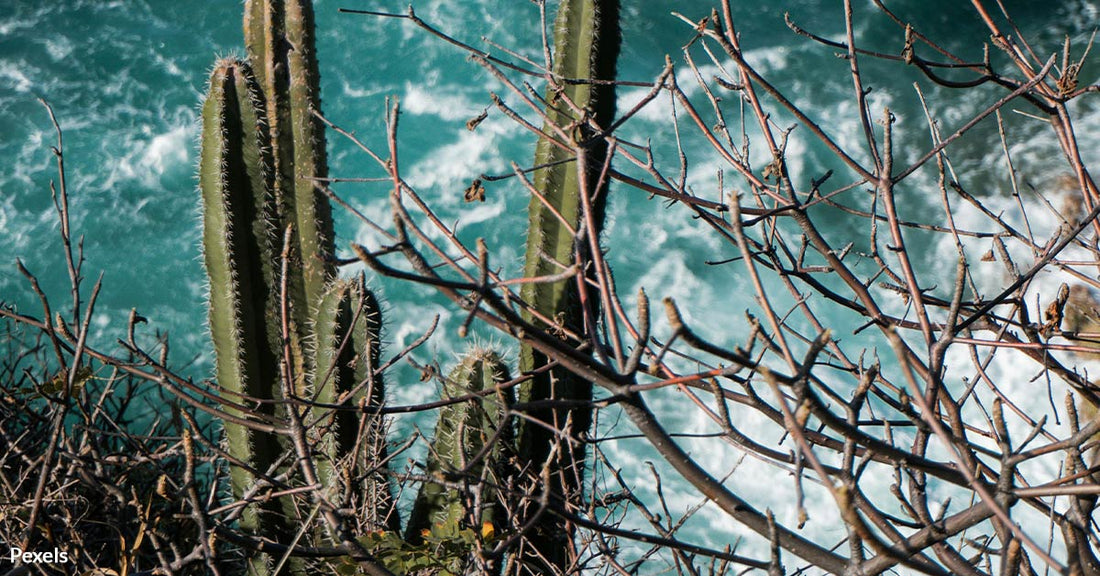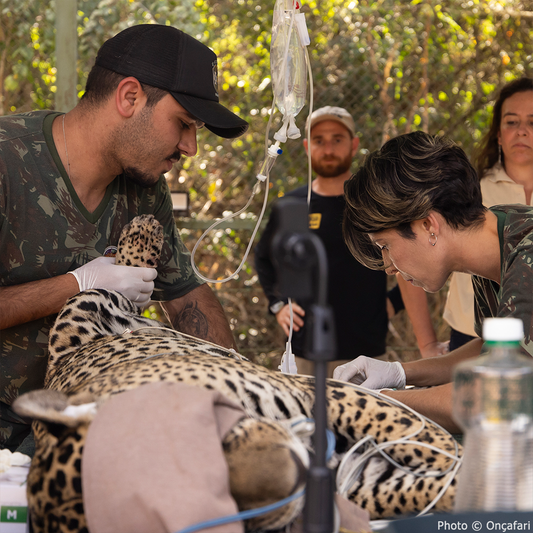First US Plant Species Extinct Due to Climate Change as Rising Seas Destroy Key Largo Tree Cactus
Matthew Russell
Photo: Pexels
A grim milestone has been reached in the United States: the first extinction of a species directly caused by rising sea levels.
The Key Largo tree cactus, unique to the Florida Keys, has been wiped out due to the increasing encroachment of saltwater. This marks a significant and alarming precedent in the context of climate change.

The Demise of the Key Largo Tree Cactus
The Key Largo tree cactus, scientifically known as Pilosocereus millspaughii, was first discovered in 1992 in a remote mangrove forest in the Florida Keys. It quickly became apparent that this cactus was under severe threat from environmental pressures. Rising sea levels, exacerbated by climate change, brought saltwater intrusion, which proved fatal for the cactus.
In 2011, researchers noticed saltwater flooding from king tides in the region. James Lange, a research botanist at Miami’s Fairchild Tropical Botanic Garden, explained that these tides stress the plants through osmosis, causing them to lose water from their cells and resulting in ionic imbalances, ABC News reports.
By 2015, the population had already declined significantly due to saltwater intrusion and herbivory from local wildlife seeking moisture during dry periods. "Too much salt is just a stressful environment for most plants," Lange told CNN.

A Relentless Assault of Natural Forces
The cactus grew on a low limestone outcrop surrounded by mangroves, an area originally rich in soil and organic matter. However, storm surges and high tides gradually eroded this material. By 2015, only a few struggling plants remained.
A particularly devastating blow came in 2017, when Hurricane Irma, a Category 5 storm, created a five-foot storm surge that inundated the region for days, SciTechDaily reports.
This surge was followed by a series of high tides in 2019 that left parts of the island flooded for over three months. By 2021, ABC News reports, only six Key Largo tree cactus stems remained. Recognizing that the population was on the brink of extinction, researchers decided to remove the last few surviving plants to cultivate them in controlled environments.

The Broader Implications
The extinction of the Key Largo tree cactus serves as a stark warning for other coastal plant species. "Unfortunately, the Key Largo tree cactus may be a bellwether for how other low-lying coastal plants will respond to climate change," Jennifer Possley, director of regional conservation at Fairchild Tropical Botanic Garden, told WFLA.
George Gann, co-author of the study and executive director for the Institute for Regional Conservation, emphasized the broader context of this loss.
"This is just one example of what’s happening to dozens of species, and people need to understand that if we don’t do something, this loss is just going to accelerate," Gann told CNN.

A Wake-Up Call for Conservation Efforts
The plight of the Key Largo tree cactus underscores the urgent need for enhanced conservation efforts. While the cactus still exists on scattered Caribbean islands, the chances of it naturally re-establishing in the Florida Keys are virtually nonexistent.
Researchers have tentative plans with the Florida Department of Environmental Protection to reintroduce the species, SciTechDaily reports, but finding suitable habitats that can withstand the rapid changes in climate remains a significant challenge.
Possley noted that more than one in four native plant species in South Florida are critically threatened with regional extinction. This includes the rare flowering plant Garber’s spurge, the smallflower lilythorn, and the Grisebach’s dwarf morning glory, CNN reports.
The story of the Key Largo tree cactus serves as a powerful reminder of the fragility of our ecosystems in the face of climate change. As sea levels continue to rise, more species will face similar threats, highlighting the need for proactive measures to protect our planet's biodiversity.

Looking Ahead
While the loss of the Key Largo tree cactus is a significant blow, it also provides valuable insights into the future challenges of biodiversity conservation.
The ongoing research and conservation efforts in South Florida are critical in understanding and mitigating the impacts of climate change on vulnerable species.
"The importance of a species is often not fully known until it is lost," Lange told ABC News.
The story of the Key Largo tree cactus is a poignant example of this truth, urging us to take immediate action to preserve the delicate balance of our ecosystems. The lessons learned from this extinction can guide us in our efforts to protect other species from a similar fate.
The urgency of these efforts cannot be overstated. The future of many species, including our own, depends on the actions we take today.
Matthew Russell is a West Michigan native and with a background in journalism, data analysis, cartography and design thinking. He likes to learn new things and solve old problems whenever possible, and enjoys bicycling, spending time with his daughters, and coffee.




















